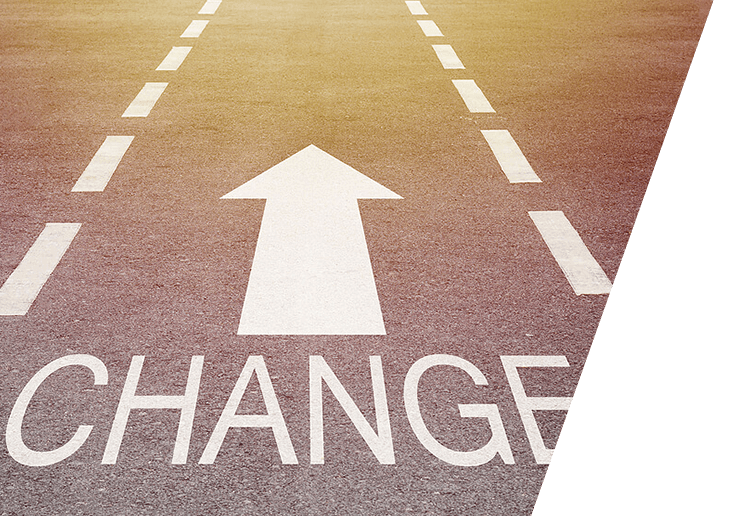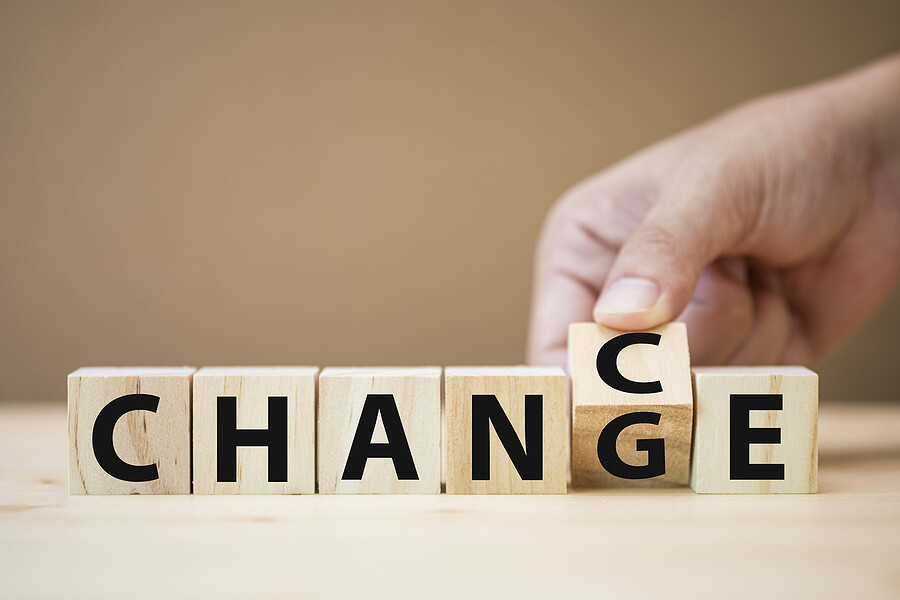
Usman Ghani (July 1, 2020)
Change is inevitable! However, what makes a difference is the way it is received. Sometimes, change is required or needful, sometimes imposed and enforced, depending on which, the responses vary. Irrespective of change being inevitable and an extremely important aspect of human nature, it becomes difficult to cope with unprecedented times like the ones we’re living in right now. While economic crises stand out as the most worrisome aspect for businesses across the globe, managing human resources and their productivity has become equally challenging. The driver of challenge in this context is a disruptive change, which has been unprecedented, uninvited, and surely unwanted.
Being concerned with handling disruptive situations through organizational and human resource development, we have been keeping an eye on the dynamics of businesses post COVID-19 breakout. Exchanging arguments over problems ranging from lack of communication to unsatisfactory performances, from time lags to downsizing, from mental health to burnout, the key takeaway was the difficulty in acceptance of the ‘new normal’. Thus, making us more firmly believe that it is not change itself, but the response which needs to be altered.
Although ease has been observed in the lockdowns globally, however, caution has increased even further. Depending on the type of merchandise, businesses have been working over developing and implementing SOPs and opening the offices with extreme precautionary measures. Also, there’s a parallel thought prevailing in the markets, which considers continuing the remote work phenomenon in the long run.

The circumstances are changing every day, with not much to check for solutions and best practices from. In such times, a key trait to be developed in ourselves and passed through the organizational hierarchy is change management, or rather, change mastery. It is important to stress over mastery because this time around, the change is a multidimensional context, ranging from personal, professional, psychological, and emotional premise. This multidimensionality happens to be a reason for concern.
Developmental initiatives are best kept central to the human factor, that too in a multipronged approach, starting from the individual level and moving up to groups and leadership levels. Therefore, in order to meet the need of the current circumstances, Change Mastery has to be the focus, while keeping in consideration all the key stakeholders which could benefit from the amalgamation of both theory and practice-based content related to the subject.
Change Mastery is an incremental approach using systems thinking, mapping the individual concerns with that of the organizational dynamics and the interplay between various actors of the system at large. Let’s have a look at the framework and see how various aspects revolve around the context.


VUCA is the buzz word in the present situation for it incorporates all these aspects i.e. the volatility of the markets, uncertainty prevailing across all facets of human operability, complexity increasing every day with new economic, social, and political challenges at the global level, and ambiguity taking over sanity. Therefore, VUCA and its requisite skills need to be considered at the core of Change Mastery. Furthermore, realizing that times are tough, stress has multiplied. This hinders our ability to configure our responses as per the demand of the circumstances which is why it is important to bring in the Stress Management perspectives.

Followed by stress management is the understanding of various Categories of Change. However, as much as it is significant to know more about change, it cannot be stressed enough that we all need to take it One day at a time! This is where the realization of our Competence comes into play. We need to make peace with the fact that some changes are uncontrollable and we should not blame ourselves or others for it.
All these dynamics of change are not dealt with in isolation. Rather, they require an understanding of both internal and external factors, thus, needing us to realize the Locus of Control. A vast body of knowledge believes that perspectives have an extremely significant role in our decision making, therefore, how do we really perceive the situation is what makes a major difference. This is where the belief in the glass being half full is exercised by creating Chances out of Changes.

Once we are done with a multidimensional evaluation of both external and internal factors involved in disruptive market dynamics, the plan comes ahead. Using some Pivot Strategies help improve the plan and play a synergetic role in the overall process of change management.
As discussed earlier, it is extremely significant that all tiers are involved in saturating change through the organizational hierarchy. Thus, needful to recognize and dispense Leadership Traits which are integral to the cultivation of an appropriate culture and environment. Leadership here is yet again multidimensional, based on both intrapersonal and interpersonal premise.
All these bits and pieces cumulate into the knowledge and skills required for mastering change. However, to evaluate one’s performance in the endeavor, the key takeaway lies in the Orbits of Change! Self, Social, Organizational and Environmental premise.

If you are interested in undertaking an experiential journey of Change Mastery, reach out to us!
Dr. Leena Rehman is a Consultant and Trainer with CustomerService.ae. Her expertise include Organizational Development, Human Capital Development, Systems Thinking and Innovation.

Healthcare workers are entrusted with the great responsibility of caring for people. In order to continually offer comfort and care to people, there are certain skills that healthcare professionals need to master. Of course there are the obvious ones related...
Read More
Creative thinking is one of the most important and sought after soft skills that you need to acquire in an increasingly digital landscape of 2021 and beyond. Creative thinking skills are required in many different job roles to come up...
Read More
Sales are the backbone of any business and great salespeople are an asset for the company. Some people are naturally gifted in the art of persuasive communication and negotiation skills required to convince clients and effectively sell more. However, certain...
Read More